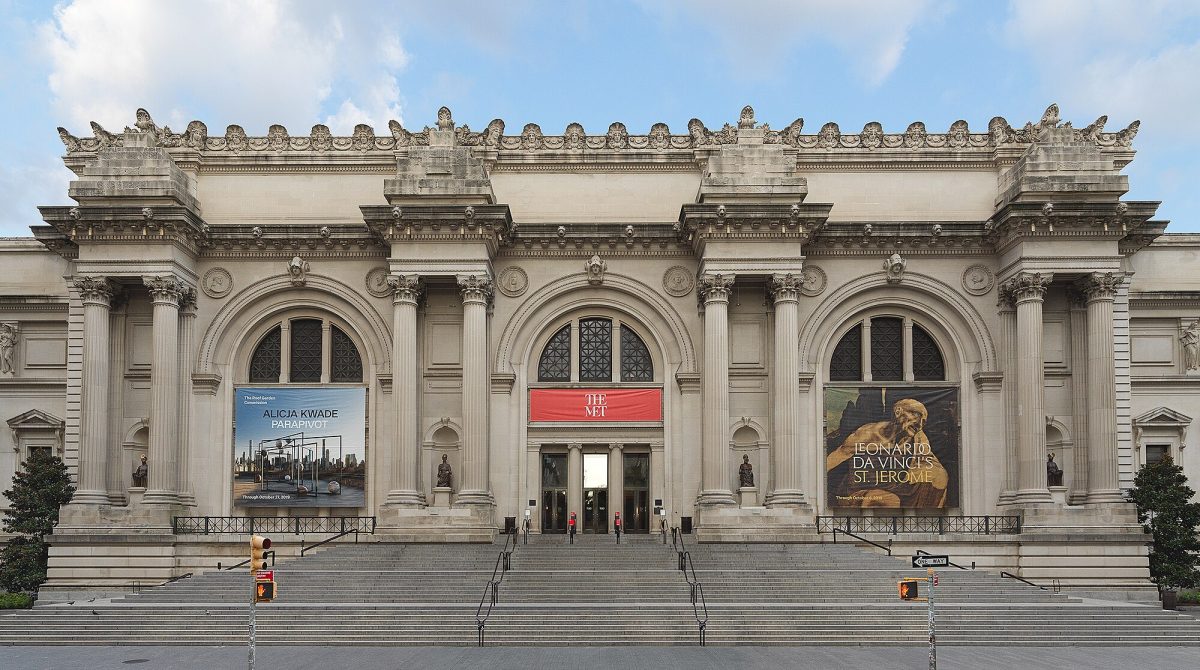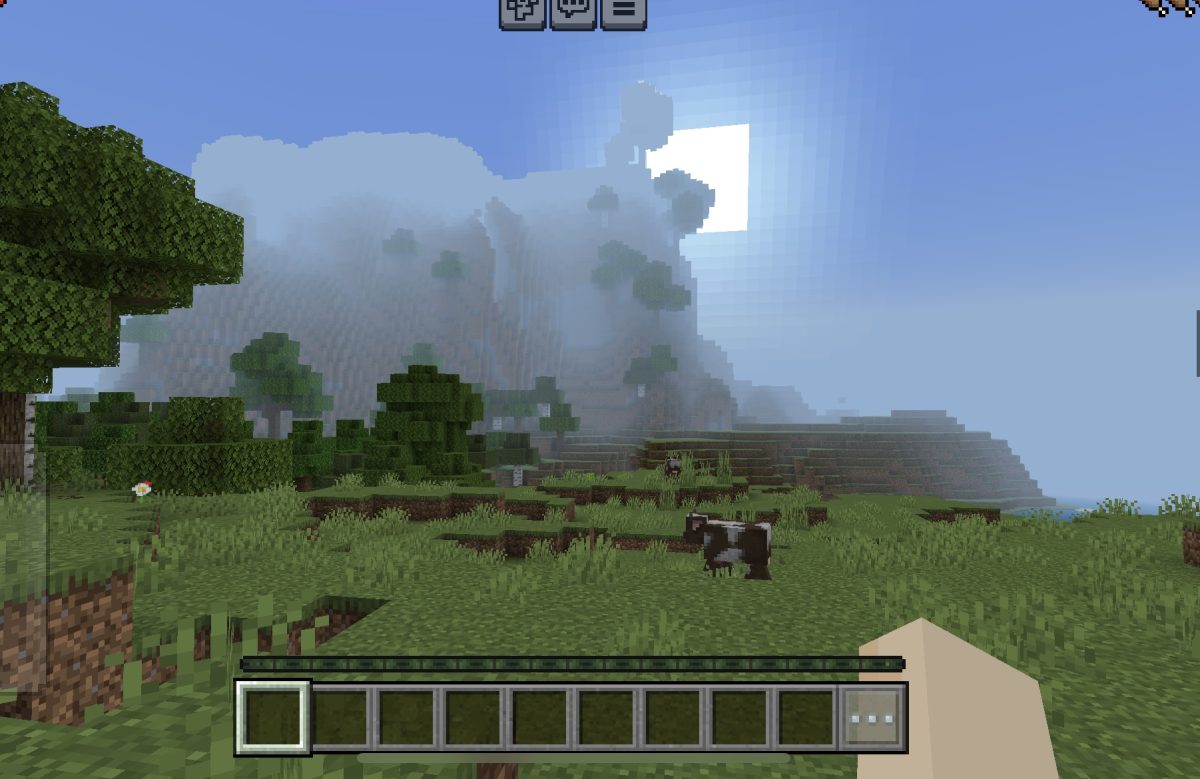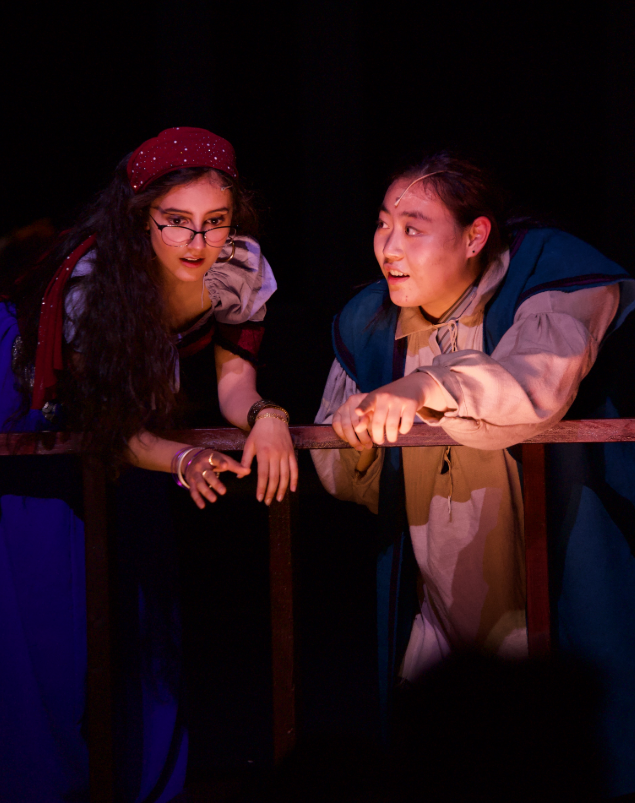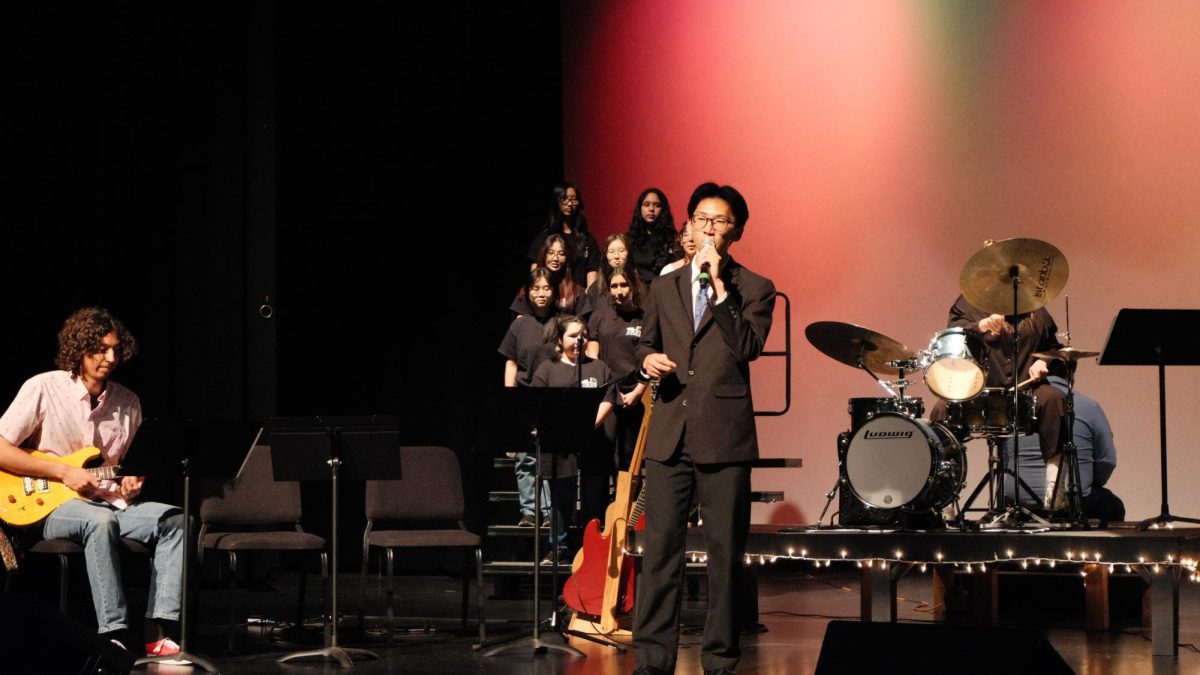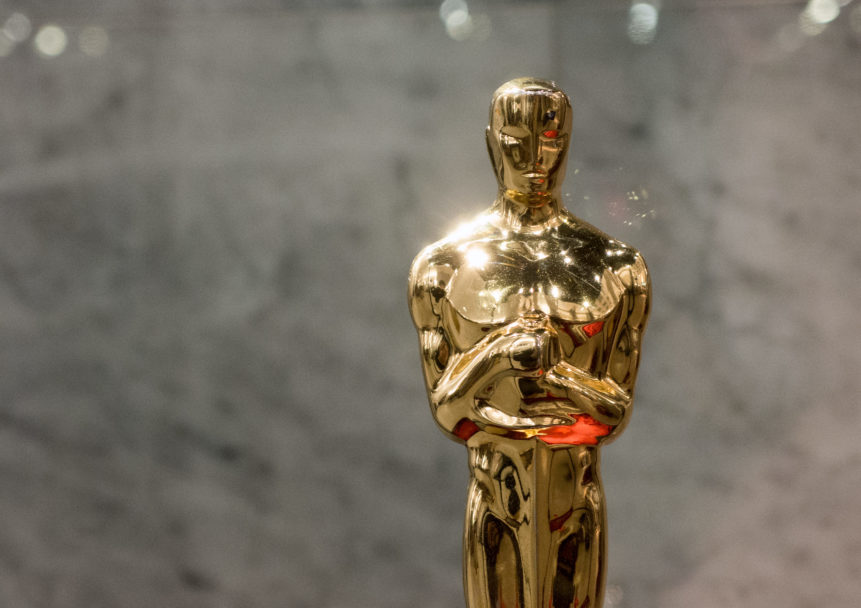By S.T. | Staff Writer
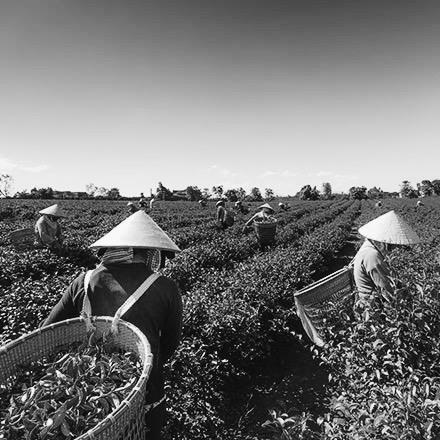
Derived from cassava starch, a root vegetable from South America that arrived in Asia by Portuguese traders during the nineteenth century, this chewy topping, according to Business Wire, is estimated to reach a global market of $4.3 billion by the year 2027.
The drink as a whole can be referred to as bubble tea, boba, pearl tea, tapioca tea, and more. Even though the names vary according to location and personal preference, the drink in its most basic form consists of milk, black tea, ice, and tapioca served with a wide straw.
Boba originated from a small island in East Asia, best known for its bustling nightlife, Taiwan. Though there is a debate over which city and shop boba came from as two owners claim to invent it, most believe in the following story.
Back in the 1980s, as the Taiwanese economy progressed, the population of tea drinkers grew immensely. During that time, tea stands were located on every corner of the street, which made consumers more selective about its taste and put an emphasis on the art of tea.
To distinguish himself from competitors, Liu Han-Chieh, the founder of Chun Shui Tang tea room located in Taichung City, claimed to have created the drink after seeing Japan serve their coffee cold. Originally, tea in Taiwan was usually served hot, therefore the concept of adding ice and other flavorful toppings was new.
Liu believes he was the first to mix tea with ice in the neighbourhood, and that his product development manager, Lin Hsiu-Hui, was the first to add tapioca pearls to the drink. During a dull staff meeeting, Lin had brought with her a sweetened Taiwanese tapioca pudding, fen yuan. On a whim, she decided to mix the tapioca pearls from her dessert into her Asam black iced tea. The drink was well recieved by her coworkers, leading to its addition on their menu.
In an interview published by a YouTube channel, Asian Boss, which hopes to bridge cultural differences between Asia and the West, Lin said, “Within half a year, everyone in the Central District was selling [bubble tea] too” she continued. “By 1990 or 1991, it was all over Taiwan.”
As boba spread across different parts of East Asia, it was introduced to the United States in the 1990s after Congress passed the Hart-Celler Act of 1965. This act abolished immigration, prompting plenty of Taiwanese immigrants to move to the United States between the 1960s and the 1990s. Bubble tea was then established in Asian-American culture, and its popularity stayed there for many years.
The early 2010s was when boba started to gain mainstream attention, largely due to social media. Boba shops started developing a trend of aesthetic beverages and casual atmospheres which appealed to a younger generation who were more technologically advanced. From there on, plenty of boba shops started blooming throughout the world and helped bring people together, to socialize or study.
Like many dishes, boba has evolved, resulting in versatility and variety. Boba can be seen in an assortment of flavors, combinations, and sizing which allows customers to have control over their drink, making it a pleasurable experience for all.

